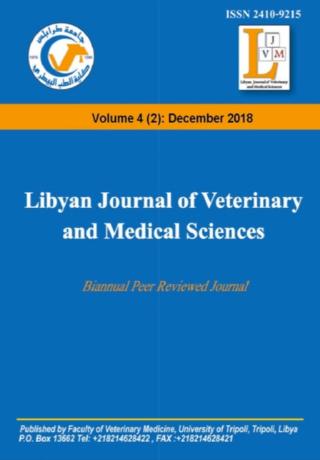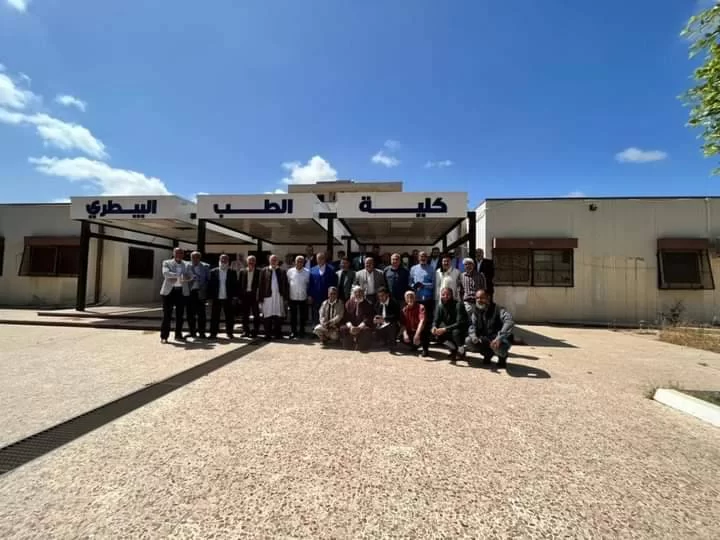Faculty of Veterinary Medicine
More ...About Faculty of Veterinary Medicine
The Faculty of Veterinary Medicine was established in 1975. It was the first Faculty of Veterinary Medicine in Libya. It is one of the citadels of science and knowledge at the University of Tripoli. This scientific institution works around the clock to meet the needs of the community of veterinarians and contributes to supporting the national economy. It values the care for animal health. It maintains increasing animal production, preserving human health and protecting the environment.
Facts about Faculty of Veterinary Medicine
We are proud of what we offer to the world and the community
Publications
Academic Staff
Students
Graduates
Programs
Master of Poultry diseases
This program is implemented through the study of academic courses, so that the number of units is not less than (24) and not more than (30) units of study over 3 semesters, in addition to the completion of a specialized scientific research thesis with (6) credits. The legal period required to obtain...
Details
















